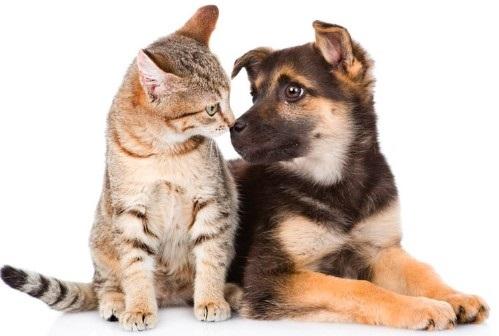Animal Care has transformed significantly in recent years, driven by changing societal attitudes, technological advancements, and a renewed focus on Education and training in the field. From beloved pets to farm animals, providing proper care and attention is essential for their health and well-being. Let’s delve into the key trends shaping the Animal care landscape and explore how technology and education are reshaping the industry.
Trends in Animal Care Market
Rising Pet Ownership
In today’s society, pets are increasingly viewed as integral members of the family. This shift in mindset has led to a surge in pet ownership globally. According to the American Pet Products Association (APPA), approximately 67% of households in the United States own at least one pet. This rise in pet ownership has fueled demand for pet-related products and services, driving the growth of the global animal care market.
Growth of Veterinary Services
With the increase in pet ownership comes a greater need for Veterinary care. Veterinary services have expanded to offer a wide range of medical treatments, preventive care, and specialized surgeries. According to the American Veterinary Medical Association (AVMA), the veterinary services market in the United States alone was valued at over $46 billion in 2020 and is expected to continue growing in the coming years.
Demand for Premium Pet Products
Pet owners are increasingly seeking high-quality products and services for their furry companions. This includes premium pet food made from natural ingredients, designer accessories, and luxury grooming services. According to Grand View Research, the global pet food market was valued at over $90 billion in 2020 and is projected to reach over $133 billion by 2028, fueled by this growing demand for premium pet products.
Technology in Animal Care
Wearable Devices and Smart Sensors
Advancements in technology have revolutionized the way we monitor and manage animal health. Wearable devices such as fitness trackers and GPS collars allow pet owners to track their pet’s activity levels, location, and vital signs in real-time. Smart sensors can detect changes in behavior or physiology, alerting owners to potential health issues early on. According to Statista, the global market for pet wearables is projected to reach over $2.5 billion by 2025, driven by the increasing adoption of these technologies.
Telemedicine and Telehealth Platforms
Telemedicine has emerged as a convenient and accessible option for pet owners to consult with veterinarians remotely. Through telehealth platforms, pet owners can seek advice on non-emergency issues, receive medication refills, and even schedule virtual appointments for routine check-ups. The COVID-19 pandemic further accelerated the adoption of telemedicine in veterinary care, with many practices implementing virtual consultations to ensure continuity of care for their patients.
Genetic Engineering and Biotechnology
Advancements in genetic engineering and biotechnology hold promise for addressing various health challenges in animals. Researchers are exploring gene editing techniques to develop disease-resistant breeds and improve the overall health of livestock. Biotechnology applications such as stem cell therapy offer potential treatments for injuries, degenerative diseases, and other conditions in companion animals. According to a report by Global Market Insights, the global animal biotechnology market is expected to exceed $7.4 billion by 2028, driven by these technological advancements.
Education and Training in Animal Care
Importance of Knowledge and Skills
Providing quality care for animals requires a strong foundation of knowledge and skills across various disciplines. Whether it’s understanding animal behavior, nutrition, or medical care, education plays a crucial role in equipping individuals with the tools to meet the needs of animals effectively.
Formal Education for Professionals
Professionals in the Animal Care Market undergo rigorous formal education and training. Veterinarians typically complete a Doctor of Veterinary Medicine (DVM) degree program, followed by licensure or certification exams to practice professionally. Veterinary technicians also undergo formal education and training, typically earning an associate’s degree in veterinary technology. Continued education and professional development are essential for staying updated on advancements in the field and maintaining competency throughout one’s career.
Hands-on Training and Practical Experience
In addition to formal education, hands-on training and practical experience are invaluable for developing proficiency in animal care. Internships, volunteer opportunities, and on-the-job training programs provide aspiring professionals with the opportunity to apply theoretical knowledge in real-world settings and gain practical skills under the guidance of experienced mentors.
Conclusion
The evolution of animal care is characterized by a growing emphasis on quality, accessibility, and innovation. As technology continues to advance and our understanding of animal behavior and health deepens, the future of animal care holds promise for continued improvement in the well-being of animals worldwide.
This post first appeared on Market Research Report ,Market Research Company, please read the originial post: here

